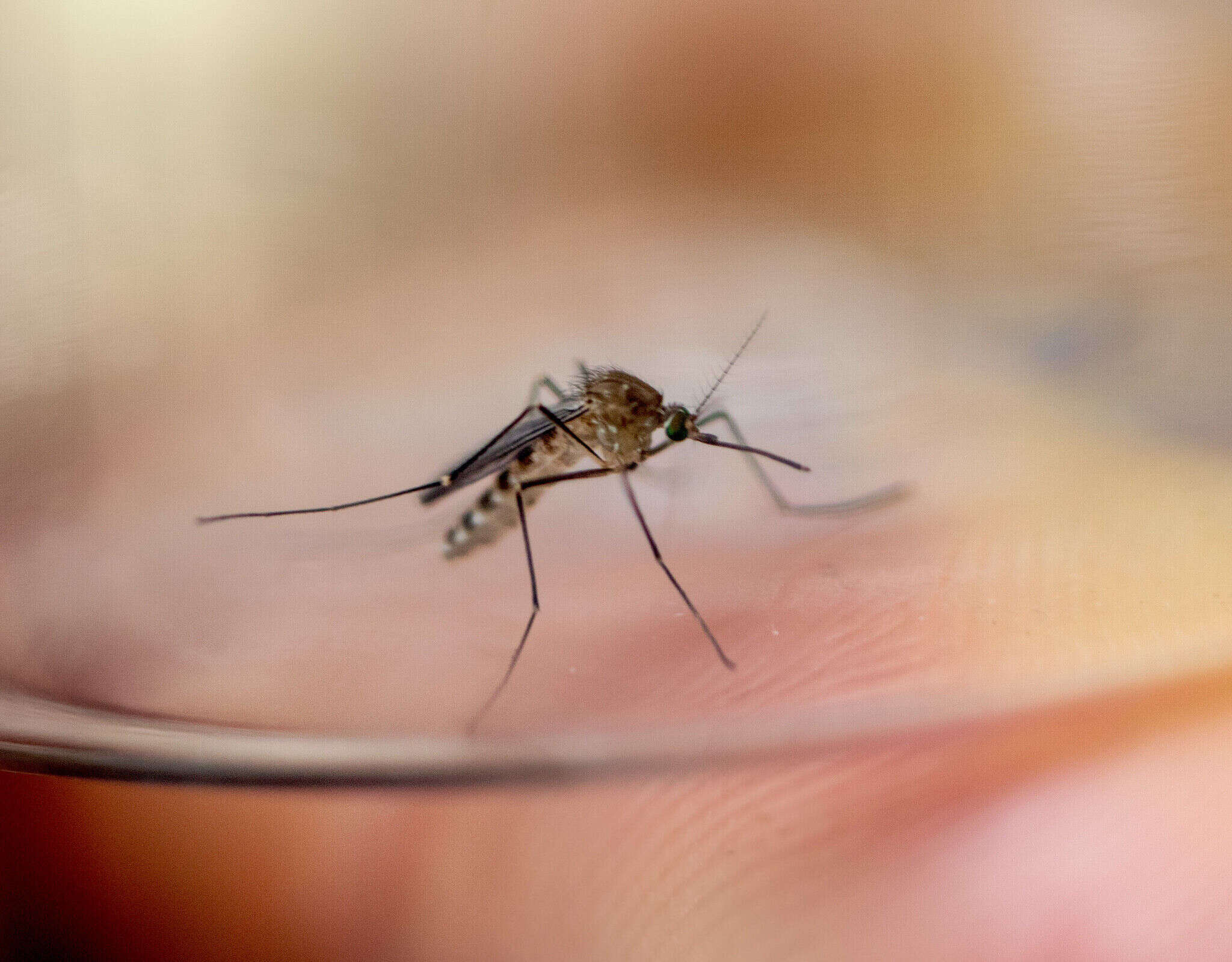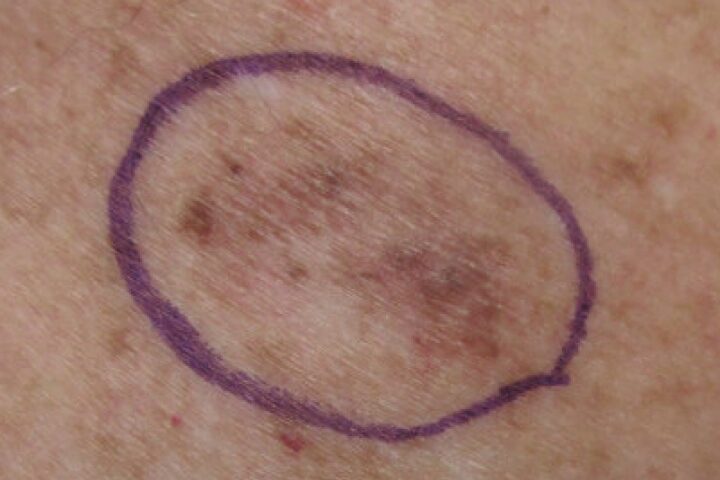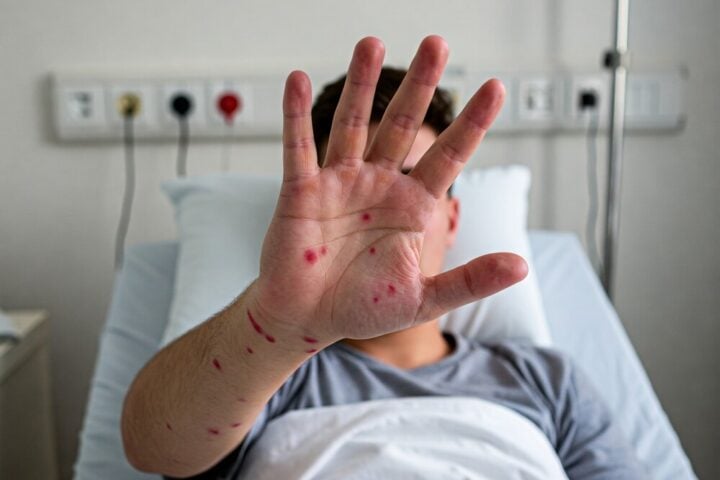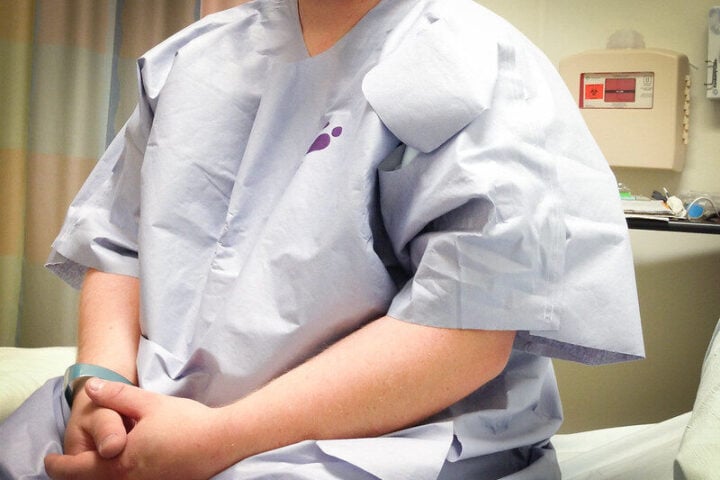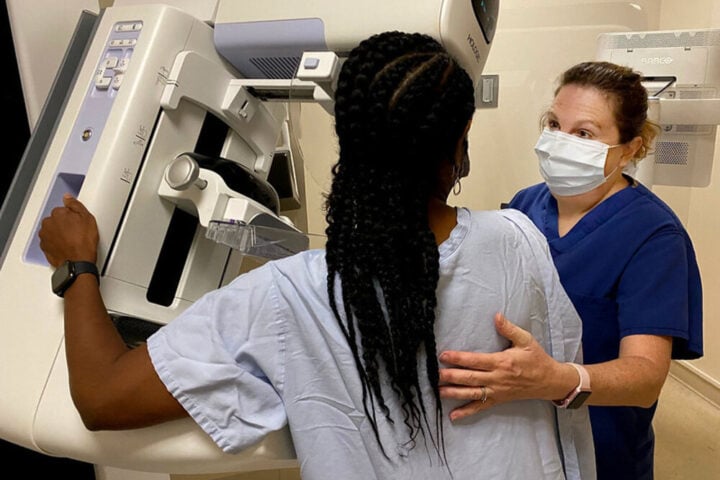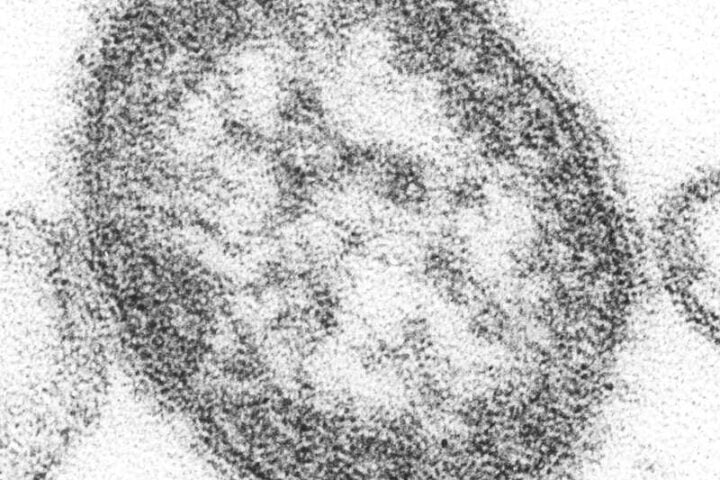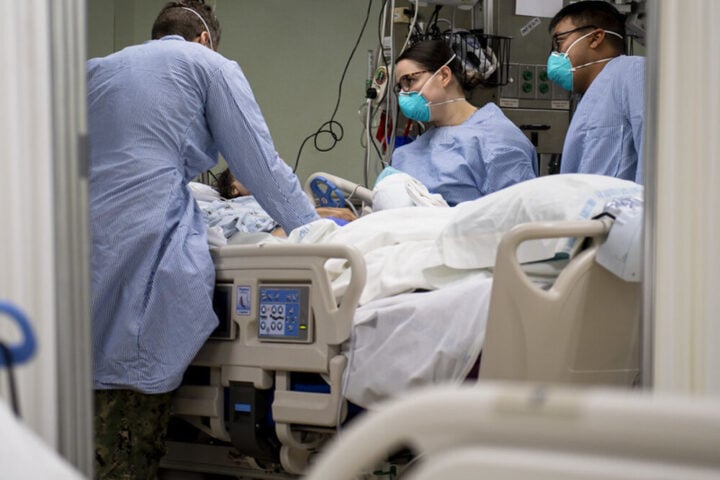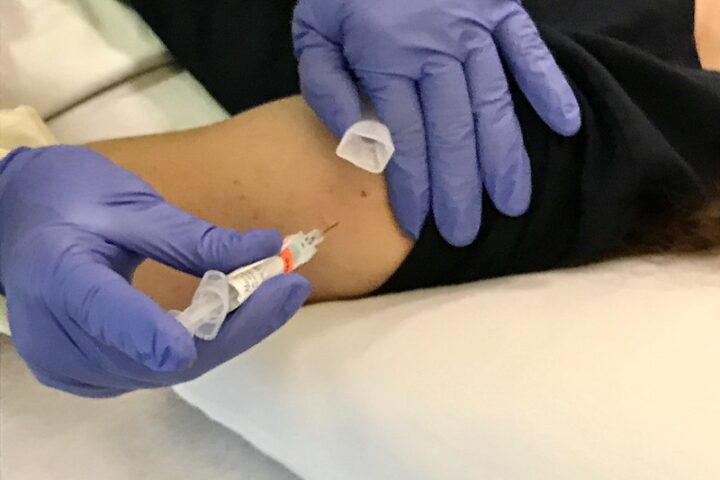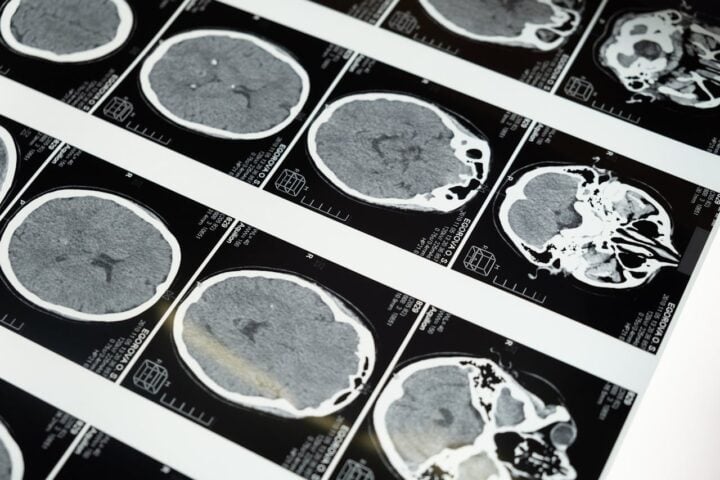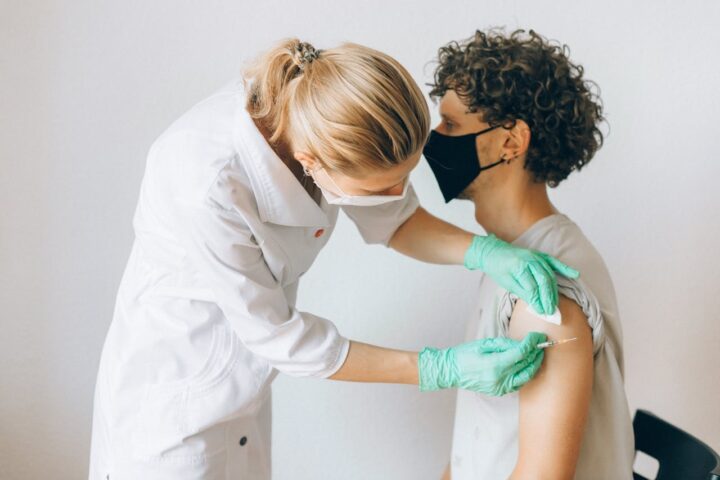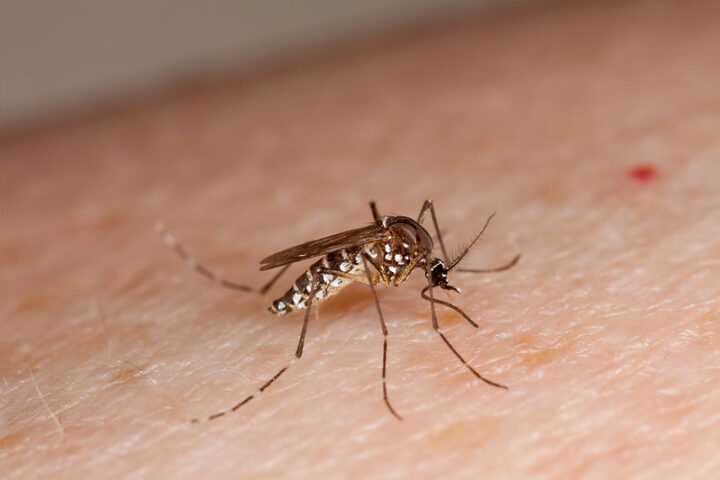The Massachusetts Public Health Center has declared a “critical risk level” after detecting a human case of Eastern equine encephalitis (EEE), a severe viral disease transmitted through the bite of an infected mosquito. Massachusetts health authorities reported on August 16 the first human case of infection since 2020, involving an 80-year-old man from Worcester County. A second infection, detected in a horse in Plymouth, led to the risk level being raised to the maximum in up to ten towns. Eastern equine encephalitis is a brain inflammation that is fatal in one out of three cases. It particularly affects children and the elderly, and those who survive often suffer from severe complications or even disabilities. The infected man remains hospitalized.
The town of Plymouth has imposed a curfew on outdoor activities starting at 6 PM, closing parks and sports facilities. Four other towns—Douglas, Oxford, Sutton, and Webster—have implemented a voluntary nighttime curfew. These measures come after the state’s Department of Public Health (DPH) confirmed the first human case of EEE in Worcester County since 2020. According to the Boston Globe, the Board of Health has asked all “The curfew states residents should stay indoors after 6 p.m. until Sept. 30” and after 5:00 PM beyond October 1. The measure will be extended “until the first hard frost occurs.” They also recommend the use of “insect repellent and protective clothing” at all times, even indoors.
The health advisories designate the four communities as being at critical risk. “It is the Board of Health’s responsibility to protect public health, and we take EEE very seriously. We strongly encourage residents to follow these recommendations due to the severity of EEE and the fact that it is in our community,” said an Oxford town spokesperson in an email to Fox News Digital. Authorities have pointed out that the curfew measures are considered recommendations, and there will be no penalties for those who do not comply. However, those who wish to use municipal fields outside the recommended hours must demonstrate that they have insurance and sign an indemnity form. Oxford is working closely with Douglas, Sutton, and Webster, the other critical-risk communities, to issue these recommendations jointly.
Similar Posts
In the education sector, “schools are working to reschedule and adjust their sports schedules so that practices and games occur before these evening times and on weekends,” according to the email received by Fox News Digital. The public health advisory, shared with Fox News Digital, indicated that the period from dusk to dawn is considered the “peak mosquito hours.”
Eastern equine encephalitis is a rare but severe disease caused by a virus that spreads through the bite of an infected mosquito. According to the Centers for Disease Control and Prevention (CDC), only a few cases are reported in the United States each year, mainly in the eastern or Gulf Coast regions. Humans and other animals that contract the virus are considered “dead-end hosts,” meaning they cannot transmit it to mosquitoes that bite them. Common symptoms of EEE include fever, vomiting, diarrhea, headache, neck stiffness, seizures, behavioral changes, and drowsiness. These symptoms usually appear five to ten days after the bite. The disease can be fatal, resulting in deaths for 30% of those infected, and can also lead to chronic neurological deficits, according to the CDC.
The fact that local mosquitoes carry the virus and that a Massachusetts patient has been infected is “concerning,” according to experts consulted by the New York Post. In this regard, they suggest that night time curfews could be protective, although other options could include public education about the risk, the use of mosquito repellents, and fumigation to prevent the prevalence of these insects.
